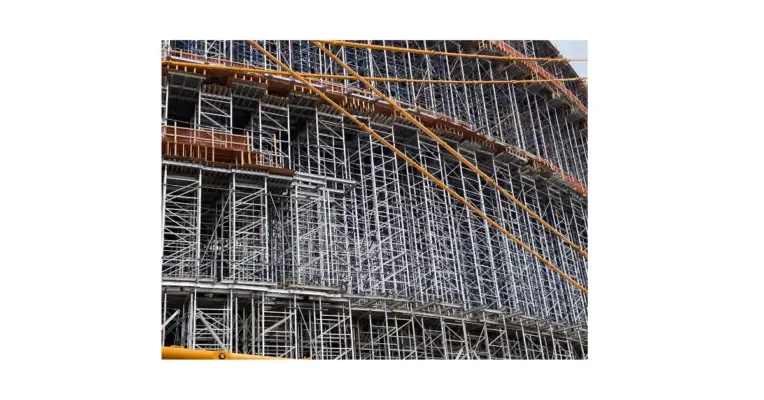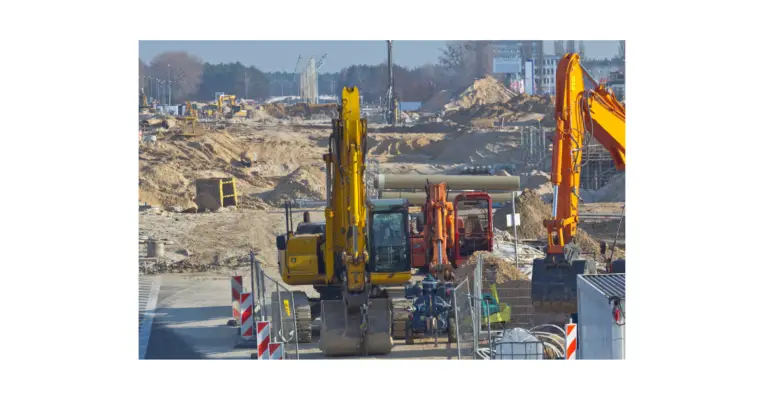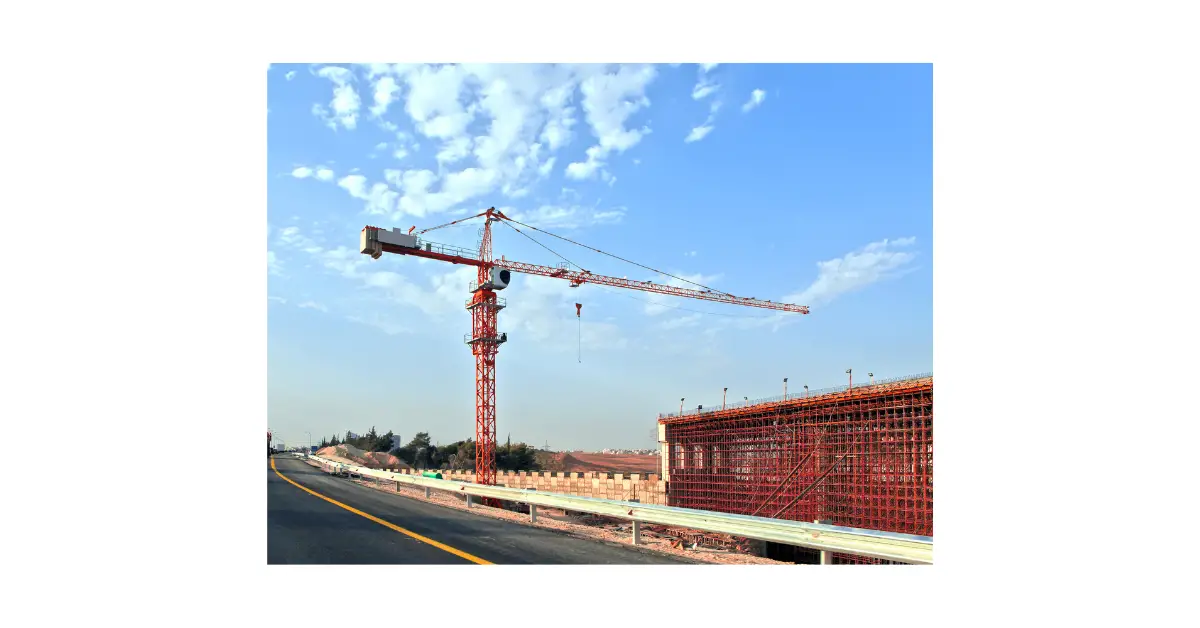Environmental risk assessment is a key component of project management. By understanding the potential environmental risks, project managers can take steps to mitigate those risks and protect both the project site and the surrounding area. Several factors need consideration when assessing environmental risk. First is the nature of the project. Is it a construction project?
If so, what kind of materials will be used? Will there be any blasting or other activities that could disturb sensitive habitats? Second, the location of the site must be taken into account. Is it in an urban area or a rural area?
What kind of wildlife or natural resources are in the vicinity? Are there any protected areas nearby? Third, the potential impacts. How could the initiative affect air, water, or soil quality? How might it affect local plant and animal species? Can it pose environmental issues?. Major steps in project risk management need to be followed.
One key aspect of environmental risk assessment is identifying and understanding the risks associated with environmental factors that can impact objectives. It includes assessing potential impacts on property, workers, the public, and the environment. By understanding these risks upfront, project managers can develop mitigation plans and make better decisions. This article will explore how to assess environmental risk for project management.
Project Management in Construction Projects
For new build projects, location is certainly important. It does not simply refer to the geographical location but its positional context, neighboring surroundings, and the physical environment. Advances in data and geospatial analysis provide us with insights into our living spaces and our investments. Continuity must exist between the virtual and real-life concepts to get a development concept into existence. This vital role must play by planners, architects, surveyors, engineers, and geoscientists.
As industrialization grows, the potential for environmental risks increases. Contractors must be aware of the potential for pollution risks to take proactive steps to avoid them. Failing to capture risks in a risk matrix can result in significant delays and cost overruns.
The construction industry is already facing increasing scrutiny from regulators and the public over its environmental impact. As a result, it is essential for managers to have a thorough understanding of potential environmental risks and how to mitigate them. By taking steps to ensure that projects are conducted safely and responsibly, the construction industry can help protect the environment and safeguard its own future.
There are potential sources of pollution during construction, from the release of chemicals into the air to the disruption of local ecosystems. If not properly managed, these risks can lead to significant environmental damage.
Fortunately, there are many ways to mitigate environmental risk. For example, contractors can develop an environmental management plan outlining how to minimize pollution and protect local ecosystems. They can also use best practices to reduce the effects of environmental risk for project management.

Managing Environmental Risks on International Projects
As businesses expand and become more globalized, they are increasingly faced with various environmental concerns and risk management. These may include environmental liability, potential environmental exposures to toxic substances, and the overall impact of their operations on the environment.
In Managing environmental impacts, businesses must undertake a careful risk assessment and implement appropriate risk management strategies. It may include measures such as reducing emissions, carrying out an environmental impact assessment, increasing recycling, and using more environmentally friendly production methods.
Controlling contamination arising is a significant concern. It can be described as a potential risk of environmental conditions of any degree. Many researchers have identified building as an essential factor in environmental degradation. Hazards caused by building projects are categorized as air, waste, sound, and water pollution. Controlling hazards requires a great risk management plan specifically for project management and capacity to reduce or manage these sources.
Identified risks are a part of any initiative. The natural environment creates many risks that must need considering when constructing anything. Risks posed by the construction site, equipment, materials, and workers must be identified and managed for success.
The safety of the workers and the general public must be the top priority when managing identified risks. By identifying potential risks early on, contractors can avoid or minimize effects on the natural environment. Active risk management can make the difference between success and disaster.

What are 5 environmental risks?
2.1 Risk of Land Degradation
The most significant projects usually involve extensive land disturbance, which requires removing or remodeling vegetation or topography. It is an activity that can cause deterioration of soil. Soils removed from the earth can become airborne, creating dust problems or contaminating the natural waters by the passing water.
Due to erosion of exposed soil, water quality will deteriorate as the silt is disturbed. In the aftermath of heavy downpours, there can be mud floods. A landslide or slope breakdown in unstable terrain or on flooded ground. Flooding is caused by exposed soil
2.2 Risk to Flora and Fauna
A Bio-system consists of varying species of animal and plant species and the habitat they inhabit. Unfortunately, though, there’s an increased threat to fauna. Planning is vital to minimize loss during implementation, and further action is taken to compensate for these losses.
These are important if development occurs near protected or wild animal sanctuary areas, forested areas, or drainage zones. Environmental damage reduction and appropriate protection to preserve flora and fauna.
2.3 Risk of water pollution
Quality water is critical for environmental, economic, aesthetic, or recreation use. Changes in water quality could reduce its aesthetic value or hinder its use. During construction of the building, soil erosion and the risk to water quality are most likely due to when removal of vegetation. Performing initial removal and grade activities exposes soil and can increase erosion. The impact is high during rains when extensive cleaning can cause more sediment load into a river due to erosion.
2.4 Risk of air pollution
Activities that pose significant concerns regarding air quality include burning waste, the emission of gases and smoke, and the release of contaminants. Besides, air quality impacts also generate a higher dust particulate concentration at atmospheric temperatures. Machinery and automobile emissions can sometimes impact air and exacerbate pollution exposures.
2.5 Risk of noise and vibration
Noise and vibration are caused by many different tasks and equipment used for activities. Noise levels and vibrations caused by actions in site areas vary by type of equipment employed, the location, and operating modes. Effects by noise and vibrations are generally limited to adjacent sites and are temporary.
2.6 Flood Risk
Construction often involves the alteration of natural drainage patterns and waste disposal. It can increase flooding, especially during heavy rains. There are a few steps that can be taken to minimize this risk. First, a thorough hydrological analysis should be conducted to identify potential problem areas.
Second, measures should be taken to preserve and enhance existing vegetation. It will help to reduce runoff and protect against erosion. Finally, proper techniques should be used to minimize the potential consequences on the local watershed.
2.7 Regulations Risk
Regulations are in place to minimize some of these risks, but dangers are always present. These can include the risk of injury or death, the risk of property damage, and the risk of financial losses. In addition, this can also lead to environmental damage.
To reduce these risks, managers must follow a strict set of regulations. They must also create a safety plan that outlines how they will protect workers, bystanders, and the surroundings.
Even with these precautions in place, accidents can still happen. That’s why it’s important for everyone involved to be aware of the risks and know what to do if something goes wrong.
2.8 Planning Risk
Planning for those risks is essential to a successful project. Many things can go wrong, from weather-related problems to worker injuries. By anticipating potential issues and planning how to deal with them, you can minimize the chances of something going wrong and ruining your project.
2.9 Insurance Risk
Construction projects are risky endeavors, and insurance is one way to mitigate those risks. Many types of insurance are available for such, each with its own benefits and drawbacks.
Some policies are more comprehensive than others, and some are more expensive. Understanding the different types of insurance available and what each policy covers is essential.

How to Manage Construction Risks?
The sector has responsibility for minimization of pollution and its effect on environmental factors in their operations. In the absence of such a plan, it was essential for them to consider obtaining all reasonable and practicable measures. The nature and possible pollution in the receiving environment. The financial impact of different actions to be undertaken.
Companies often rely on the expertise of contractors. These professionals are crucial to the project’s success, and companies typically require them to have insurance coverage. Insurance protects the company in case of any accidents or damages that occur during the course of the project. Therefore, insurance is an essential part of doing business with contractors. It helps to protect both the company and the contractor in case of any property damage.
Before any large project can begin, the first step is always planning. It is especially true when it comes to construction projects, as a myriad of regulations must be taken into account. The present aspect must be carefully considered, as well as any potential future changes.
Once the planning phase is complete, the construction process can finally begin. However, it is important to remain flexible, as unforeseen obstacles are often encountered. By being prepared for every eventuality, construction projects can run smoothly and according to plan.
Conclusion
To minimize environmental risk, project managers need to understand the potential dangers and take steps to mitigate them. By assessing environmental risk factors such as the nature of the project and its location, project managers can ensure that their projects are carried out safely and without harming the environment. Have you ever had to assess environmental risk for a project? What were some of the factors you considered?

Chris Ekai is a Risk Management expert with over 10 years of experience in the field. He has a Master’s(MSc) degree in Risk Management from University of Portsmouth and is a CPA and Finance professional. He currently works as a Content Manager at Risk Publishing, writing about Enterprise Risk Management, Business Continuity Management and Project Management.

